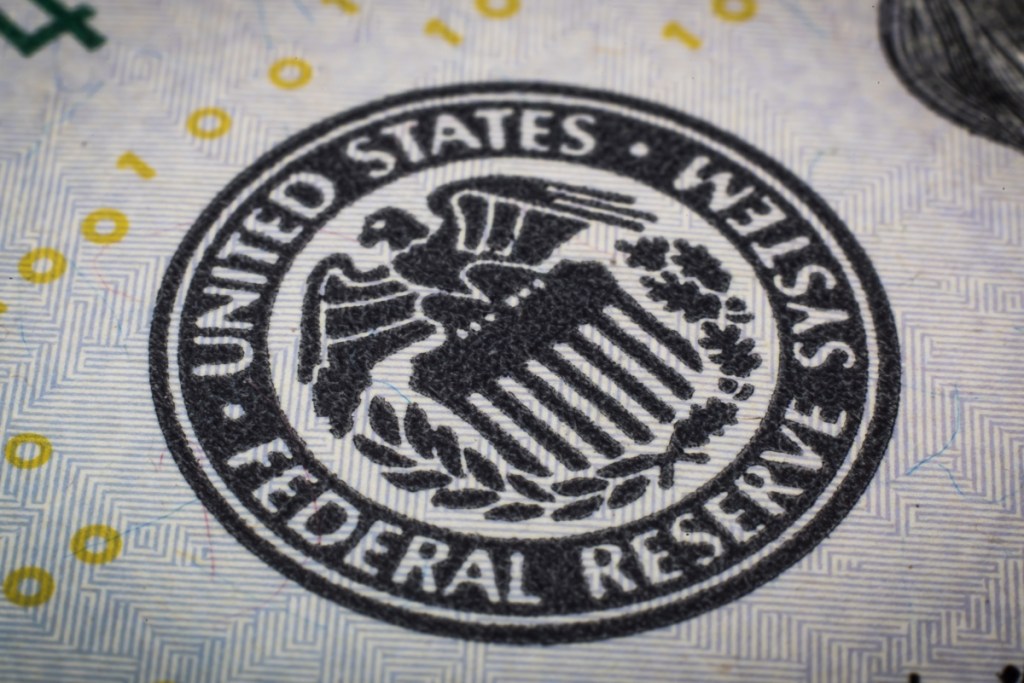The Federal Open Market Committee on Wednesday raised the federal funds rate for the first time in four years, marking an end to the easy money that gave rise to the hottest mortgage market in U.S. history.
The FOMC, as was predicted, raised the federal funds rate by 25 basis points to 0.25-0.50 percent, the first time the FOMC has changed the federal funds rate in two years, and the first rate hike since March 2018.
The move, designed to slow the pace of inflation, which reached 7.9% for the year that ended in February, is sure to increase the cost of mortgage borrowing. Whether it slows the frenetic pace of a housing market with historically low supply is yet unclear.
“The Fed worked to ensure today’s announcement would not be a surprise, with the rate hike following a series of foretelling decisions, including its acceleration of asset tapering in December through the end of its asset purchase program earlier this month,” Realtor.com‘s chief economist Danielle Hale said in a statement following the announcement.
“The Fed’s language in its public statements has also prepared markets for rate increases by consistently focusing on above-target inflation and progress against labor market goals. This also meant that mortgage rates have largely adjusted for the first hike, and I don’t expect a spike following the latest announcement.”
Beyond the initial 25 bps rate hike, the Fed also said it planned to raise rates six additional times in 2022 and three times in 2023, giving more certainty to investors in the secondary market, which should help ease overall volatility somewhat.
How should the current market impact lenders’ tech adoption?
HousingWire recently sat down with Polly CEO Adam Carmel to discuss how lenders can break old habits and redefine the mortgage process through innovation and modern, advanced technology.
Presented by: Polly
“With the unemployment rate below 4%, inflation nearing 8% and the war in Ukraine likely to put even more upward pressure on prices, this is what the Fed needs to do to bring inflation under control,” said Mike Fratantoni, chief economist of the Mortgage Bankers Association. “The FOMC economic projections indicate slower growth and higher inflation than had been the expectation at their December meeting. Note that they do not expect to be back at 2% inflation until after 2024.”
Big questions remain, however. It’s still not entirely clear how quickly the Fed will unwind its $9 trillion balance sheet. The Federal Reserve said it would “begin reducing its holdings of Treasury securities and agency debt and agency mortgage-backed securities at a coming meeting,” but did not get more specific.
“Although we anticipate that shrinking the balance sheet will begin this summer, we will be looking for details regarding the pace of the runoff and whether they would consider active MBS sales at some point to return to an all-Treasury portfolio,” said Fratantoni.
The purchases of Treasuries and MBS, which ended this month and were designed to support the economy during the Covid-19 pandemic, helped the housing and mortgage markets reach never-before-seen heights.
Fueled by a sharp drop in mortgage rates during the pandemic, the U.S. mortgage industry funded $4.1 trillion in new loans in 2020 (64% refis, 36% purchases), and $3.9 trillion in 2021 (57% refis, 43% purchases), according to the MBA.
But refi applications fell to about one-third of rate locks in February, and lenders have switched gears to serve a heavy purchase market. And that market is largely defined by a dearth of inventory.
On Friday, Zillow reported that overall housing inventory dropped to 729,000 home listings in February, a 25% drop year-over-year and a 48% fall since February 2020. It was the fifth consecutive drop in inventory.
Though the rise of mortgage rates – the MBA anticipates rates to hover around 4.5% for the next year – will force some would-be buyers out of the purchase market, other factors appear more important.
“Mortgage rates have already been increasing for many reasons — improving economy, higher inflation expectations and Fed tightening,” said Odeta Kushi, deputy chief economist of First American Financial. “As rates rise, some buyers on the margin will pull back from the market and sellers will adjust price expectations, resulting in a moderation in house price appreciation.”
But, Kushi added: “The other implication of a rising mortgage rate environment is the rate lock-in effect. Many homeowners have locked into historically low rates, and are less likely to move as rates move higher — this does not bode well for housing supply.”






